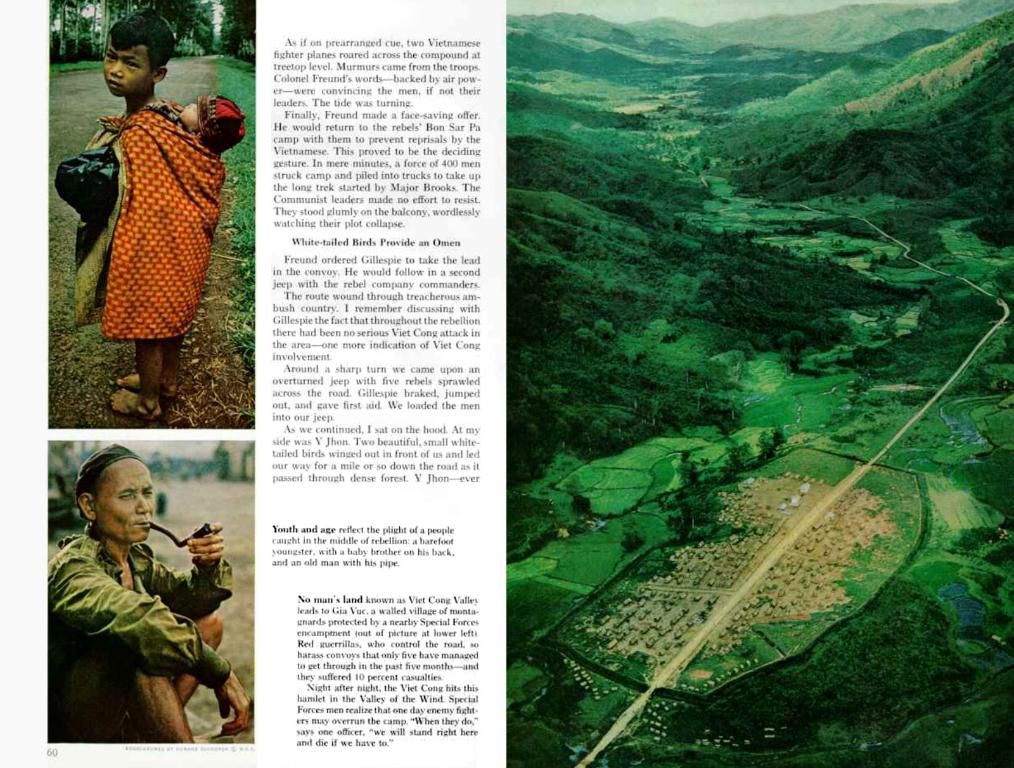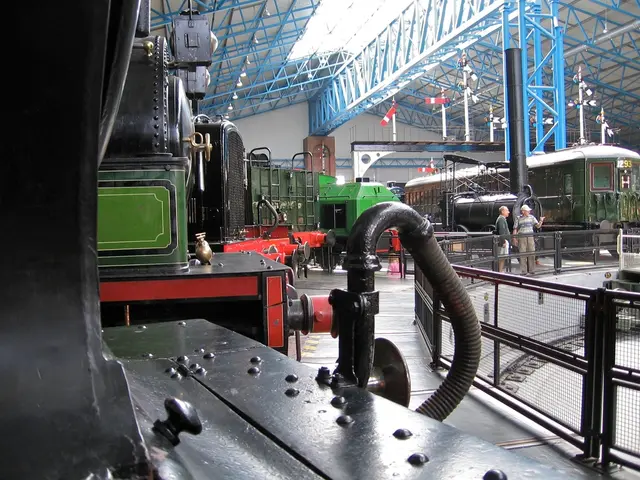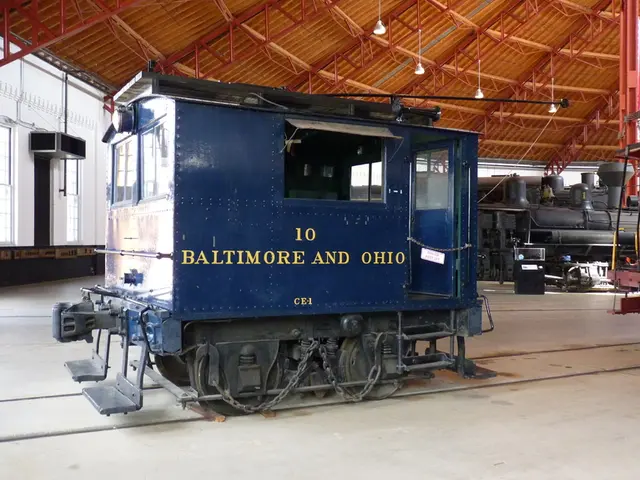Helicopter Accident in Kedarnath Takes 7 Lives, Sparks Countrywide Protest over Safety Negligence
A tragic helicopter crash on its way to the sacred town of Kedarnath has claimed seven lives, casting a grim shadow on the safety practices of high-altitude aviation services during the Char Dham pilgrimage season. The incident happened between Gaurikund and Sonprayag, critical access points for pilgrims journeying to the Kedarnath shrine nestled in the Himalayas. Operated by Aryan Aviation, the doomed chopper lost contact with air traffic control shortly after takeoff, plummeting into a forested hilly region mere minutes later. All aboard-the pilot and six pilgrims-perished.
Kedarnath Helicopter Crash:Impact and Repercussions
In response to the tragedy, the Directorate General of Civil Aviation (DGCA) launched a thorough inquiry into Aryan Aviation's operations, swiftly suspending their license and revoking the licenses of six other pilots from the same operator for six months due to non-compliance with safety standards. Preliminary analysis suggests gross negligence and possible high-altitude zone flight norm violations as possible causes. A joint team from the aviation authority and local disaster response forces are currently investigating the crash site, looking for black boxes and communication logs.
Chopper Services:A Double-Edged Sword
Chopper services play a pivotal role for elderly and time-bound pilgrims seeking remote sanctuaries like Kedarnath, Badrinath, and Yamunotri, especially during the busy summer season. However, the rugged Himalayan terrain coupled with unpredictable weather conditions pose significant risks to these routes. Regrettably, Kedarnath's history is marked by mid-air disasters-despite safety enhancements over the past decade.
Flight hazards persist, with overburdened schedules, poor visibility, and sudden weather changes in the mountains often playing a role in accidents. Aviation experts have highlighted the current framework for pilgrimage helicopter operations as inadequate, with heavy rotors, pressured landing spots, and hurried turnarounds jeopardizing flight safety.
Remembering the Pilot:A Tragic Loss
The pilot, a seasoned flier with an impeccable record, had recently become a father to twins just two months ago. His untimely death has sparked widespread mourning among the aviation community and the public, underscoring the personal toll such high-risk jobs can exact. Co-workers remember him as diligent and disciplined, igniting calls for increased training and higher hazard allowances for pilots operating in challenging environments like the Himalayas.
Time for Change:Transforming Pilgrimage Aviation
The Kedarnath disaster has prompted civil aviation regulators, state officials, and religious authorities to reconsider the pilgrimage aviation ecosystem as a whole. Key areas of reform under review include:
- Tighter weather-based flight clearance protocols
- Mandatory pre-flight terrain briefings and mountain flying simulation training
- Third-party audits for all operators active in the Char Dham region
- Real-time aircraft tracking systems installed with automated distress alerts.
Public Reaction and the Road Ahead
The Uttarakhand government has pledged financial support to the bereaved families and vowed cooperation with central authorities during the investigation. Political dignitaries across the spectrum have extended condolences, while citizen groups demand a temporary suspension of Kedarnath helicopter services until a comprehensive safety plan is implemented.
The Kedarnath crash serves as a stark reminder of the delicate balance between spirituality and safety. As India's spiritual tourism grows, ensuring lives don't become collateral to faith is a challenge that policy makers can no longer afford to overlook. The government's actions, particularly with regard to enforcement and transparency, will be closely monitored, for both the families of the deceased and millions of pilgrims dreaming of embarking on the Himalayan journey without costing their lives.
Timely Enhancements and Future Improvements
Since the recent helicopter crashes during the Char Dham Yatra, the Directorate General of Civil Aviation (DGCA) has tightened its safety measures to reduce incidents:
- Live Surveillance: The DGCA is implementing live camera feeds from the Uttarakhand Civil Aviation Development Authority (UCADA) at Kedarnath to monitor helicopter operations in real-time.
- Audits: The DGCA has initiated special audits of helicopter operators involved in Char Dham shuttle and charter services.
- Compliance Enforcement: The DGCA sporadically suspends helicopter operators for violating standard operating procedures (SOPs), stressing its commitment to enforcing safety standards.
- Transparency: The DGCA shares data on flight operations, maintenance, and safety records with the public to enhance accountability.
Potential improvements for high-altitude aviation services during the Char Dham pilgrimage season include regulatory oversight, environmental safeguards, weather monitoring, public awareness, and infrastructure upgrades.Challenges and concerns involve the ecological impact on the region and ongoing worries about passenger safety. The monsoon season, with its unpredictable weather conditions, also presents additional risks.
- The Kedarnath helicopter crash has prompted the Directorate General of Civil Aviation (DGCA) to delve into the financial sector, investigating Aryan Aviation's operations and revoking their license, as well as those of six other pilots for non-compliance with safety standards.
- Transportation and sports sectors are not immune to the repercussions of this tragedy, as the incident raises concerns about safety practices in high-altitude aviation services and the sports-betting industry, respectively.
- The dark cloud of war-and-conflicts seems distant, but the stringent policies and legislation enacted following such disasters can serve as a model for the enforcement of accident prevention measures in sectors like aviation.
- The tragic accident, while a general news topic, also has implications for crime and justice, as investigation teams continue searching for potential causes of the crash and accountability becomes a central issue.
- Migration patterns may be affected as pilgrims ponder the safety risks involved in high-altitude travel during the Char Dham pilgrimage season, potentially altering the tourism landscape.
- Amidst the political noise, the focus should not only be on punitive measures but also long-term improvements, such as tighter weather-based flight clearance protocols, mandatory pre-flight terrain briefings, and third-party audits for all operators in the Char Dham region.
- The future of aviation services during the Char Dham pilgrimage season hangs in the balance, not just for the safety of the passengers, but also for the preservation of the pristine Himalayan environment, which is increasingly under threat due to the influx of tourists and pilgrims.








